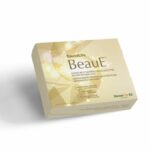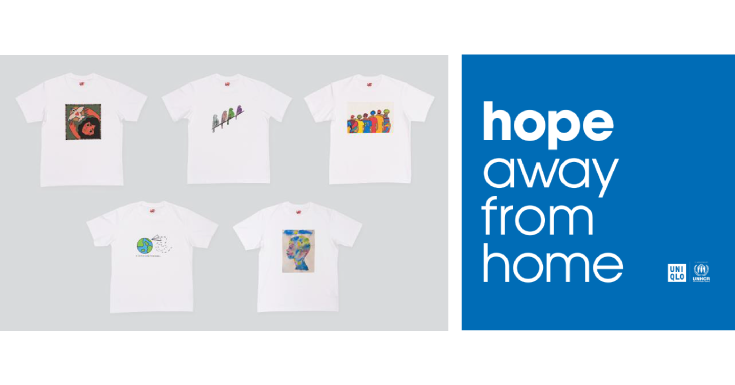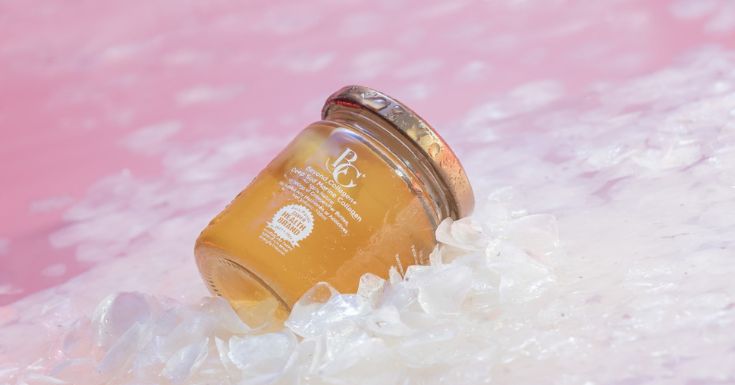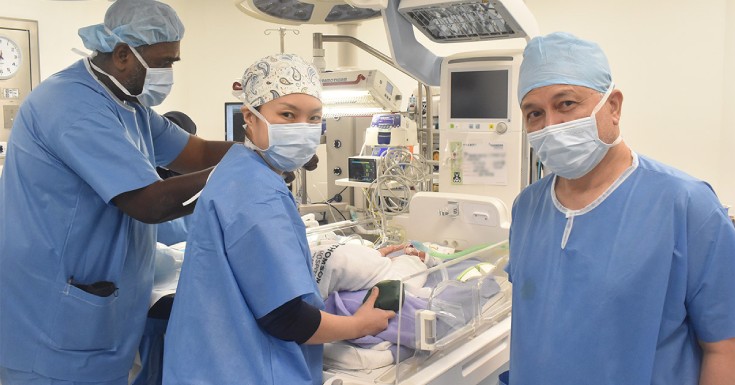Health In, Sickness Out!
Keeping your little ones healthy and happy is a duty every responsible parent takes on without a second thought. While there are many aspects to bringing up children who are strong, healthy and happy, the two outstanding areas that need your full attention are nutrition and hygiene. Read on…
Table of Contents
Health through proper nutrition
Nutrition should always remain a top priority, even after a baby weans of breast milk. This is the time baby transitions into toddlerhood and when parents will find themselves busy shifting gears to accommodate a new era where their toddlers venture into independent eating and drinking.
Transitioning to solid foods
Between 12-24 months, toddlers will begin to learn what’s it like to eat solid food. They’ll be introduced to new tastes and textures. Variety is the key to ensuring a toddler gets the nutrition needed to thrive and develop well. For this to happen, parents have to be mindful of the food offered to their little ones and strive to get them introduced to as many new wholesome foods as possible!
Forcing does not help
If your toddler isn’t hungry, it just means that his or her body does not need the extra energy! This is especially so if the little one is happily playing, seems to be fine and is not seriously ill. So, there is really no need to bribe a bub to clean off that plate, and there is certainly no need to lose your cool either! Remember too, that you really do not want your little one to associate mealtime with anxiety and frustration. Forcing toddlers to eat when they not hungry also weakens the their sensitivity to their own hunger and fullness cues.
Keep portions reasonable
Many parents are guilty of piling up their children’s plate with food, especially if they’re serving a favourite, in hopes of tricking them into eating more. The result? Most of the time, the little ones are overwhelmed and are also denied the opportunity to independently ask for more.
Keep mealtimes regular
As far as possible and if their appetite allows it, toddler’s meals and snacks should ideally be served at the same time every day. Milk or diluted fruit juice may be offered with these meals or snacks, but in between them, water will be the best thirst quencher for growing bodies.
Note: Watch that your toddler does not overload on juice, milk or snacks throughout the day, for that might decrease his or her appetite for nutritious meals.
Be patient (with new foods)
It’s highly unlikely that you would remember your own experiences with new foods when you were a tiny tot, but chances are high that you didn’t take too easily with certain foods. Your toddler is no different and has the right to take his or her time to determine if they like a certain food after trying it out. It’s not uncommon too for toddlers to touch or smell new foods, taste them and then take them back out again. Some toddlers might also need repeated exposure to a new food before he or she even takes the first bite!
You can offer encouragement to your child by talking about a food’s color, shape, aroma and texture. If you have to talk about the taste, always maintain positive descriptions. Also, try serving new foods in the same plate with your little one’s favorite foods.
Why milk should stay
Milk should always remain an important part of a toddler’s diet for it provides calcium and vitamin D to help build strong bones. Toddlers should have 700 milligrams of calcium daily, and to help absorb this, 600 IU (International Units) of vitamin D a day should accompany it. This calcium need is met with at least two servings of dairy foods every day. As for the vitamin D, doctors sometimes recommend vitamin D supplements for this daily requirement is not easily met through dairy foods.
Kids between the age of 12 to 36 months old should be offered a good quality formula milk to help provide the dietary fats they need for better growth and brain development.
Well-being – Hygiene matters
Cleanliness of home and body is crucial when a child is growing up. A clean home adds to the element of safety for every growing child, while a clean body is important to ward of contagious sicknesses. Besides having the responsibility of keeping clean homes, parents also need to remember to teach their little tots some beneficial hygiene habits along the way. Toddlers’ main role models are their parents and they pick up a lot from what they see their mom and dad do.
It’s important to teach our children the basics of proper hygiene because a clean child is a healthy child and as a parent, it’s your job to help your kids and explain the hygiene basics. There are several areas of hygiene to teach our kids and here are some tips to get you started on hygienic grooming habits for your toddlers and pre-schoolers:
Explain to your tot about germs and bacteria
Germs, the microscopic sickness-causing organisms, are everywhere. The purpose of explaining the concept of germs and bacteria is to help them know what makes them sick and the importance of practicing good personal healthy habits.
Basic toddler hygiene habits
Hand washing:
Prompt your child into a hand-washing habit so that he or she will start to automatically wash those little hands whenever necessary, such as:
- When hands are dirty
- Before eating or touching food
- After using the bathroom
- After blowing their nose or coughing
- After touching the family pet
- After playing outside
- After a visit to the doctor’s office
- Before and after visiting a sick relative or friend
Oral hygiene:
Teach your toddler how to brush his or her teeth and prompt this habit twice a day, once in the morning and once in the evening. Letting the little one pick out a toothbrush and toothpaste will add some fun into the habit of teeth-brushing.
Nose-blowing technique:
Your child should learn to blow his or her nose gently when it’s blocked – this makes breathing easier. Teach your little one how to use a tissue for this too.
How to catch a sneeze:
Demonstrate to your child how to cover his or her mouth with a tissue when sneezing or coughing. The tissue should then go straight into the bin. Also, teach junior how to cough onto the upper sleeve when there is no tissue available, and to wash those hands afterwards.
Keeping a clean, germ-free home
Even the tidiest of homes may be harbouring germs that we’re simply not aware of. These germs, if left to further breed and flourish, may cause various illnesses in young children as well as anyone else in the family who has a weak immune system. In fact, studies have indicated that you’re more likely to get sick from germs in your own house than from any other source! Here, we share some simple yet effective strategies to keep a cleaner, germ-free home.
Kitchen sink and countertops
Your kitchen, especially the sink, is typically home to all sorts of dangerous bacteria, including the ones from uncooked meat, unwashed vegetables, sponges, rags, scrubbers, and towels you use for cleaning. Microbes like E. coli, for instance, flourish in kitchens that are not properly cleaned.
After cooking a meal and washing the dishes, make it a habit to clean the sink, counters, and faucet with soap and water or use an antibacterial cleanser. Leaving your damp cleaning sponge or rag for the next day’s use could create a germ breeding ground. Instead, wash them clean and dry them off after using them for the day.
To really disinfect the kitchen sink and all other sinks in the house, clean them twice a week with a solution of one tablespoon of bleach and one quart of water: scrub the basin, then pour the solution down the drain.
Launder with care
There is more bacteria in a load of dirty laundry than you think and some of them are capable of causing reoccurring illnesses. Wash or dry your laundry at 150 degrees, which can kill off bacteria effectively. Baking soda or lemon juice can be used as natural bleaches. If you do not own a dryer, dry out your laundry under the hot afternoon sun.
Are your floors clean enough?
You are of a very rare breed if you enjoy sweeping, vacuuming and mopping the floors of your home, but in the quest for a cleaner, safer home, you’ll have to ensure that the floors are clean. Your little one walks, crawls and plays on the floor, so, the cleaner it is, the better.
Sweeping your home at least twice a day would help immensely and so would regular mopping. It might be tempting to use strong, powerful floor bleaches in hopes to kill off any bacteria on the floor, but we’ll have to advise you against it. While they probably do kill bacteria, poisonous fumes from most floor bleaches tend to cause more harm than good to your family on the long run. Choose instead, baby-friendly floor cleaners that are made to do the job and are yet safe for you to use everyday.
What’s on your toothbrush?
Human mouths contain about 100 million microbes per milliliter of saliva and those microbes eat the same food you do, Hence, when you brush your teeth, food particles and bacteria stick to your toothbrush, resulting in an overgrowth of germs on your brush. After brushing, rinse your toothbrush with hot water and stand it up in a water glass to air-dry. Do the same for your little one’s tooth brush too.





















Leave a comment